Ai Weiwei: a humble Guide
A global citizen, artist and thinker Ai Weiwei is renowned for making strong aesthetic statements that resonate with timely phenomena across the modern world. Spanning architecture, social media and documentaries, Ai uses a wide range of mediums to explore society and its values, weaves links between the contemporary world and traditional Chinese culture. From surveillance cameras to smashed ceramics, Ai Weiwei is vocal and uncompromising in his fight for the freedom of expression.
Ai Weiwei’s works earned him ire from the Chinese government, which imprisoned him for 81 days and completely razed his studio. Ai left China in 2015 and since then lived across the world from London to Berlin. His work has sold for millions of dollars at auctions and belongs in the collections of multiple institutions, including Centre Pompidou, the Los Angeles County Museum of Art, the Guggenheim Museum, the Museum of Modern Art, and the Tate.
The ALBERTINA MODERN is now presenting its most comprehensive retrospective to date. “In Search of Humanity” (on view until 4 September 2022) deals in depth with the aspects of mankind and artistic commentary in the work of Ai Weiwei. The exhibition spans all you have to know from his earliest works affected by the Cultural Revolution to the latest edgy sculptures and installations.
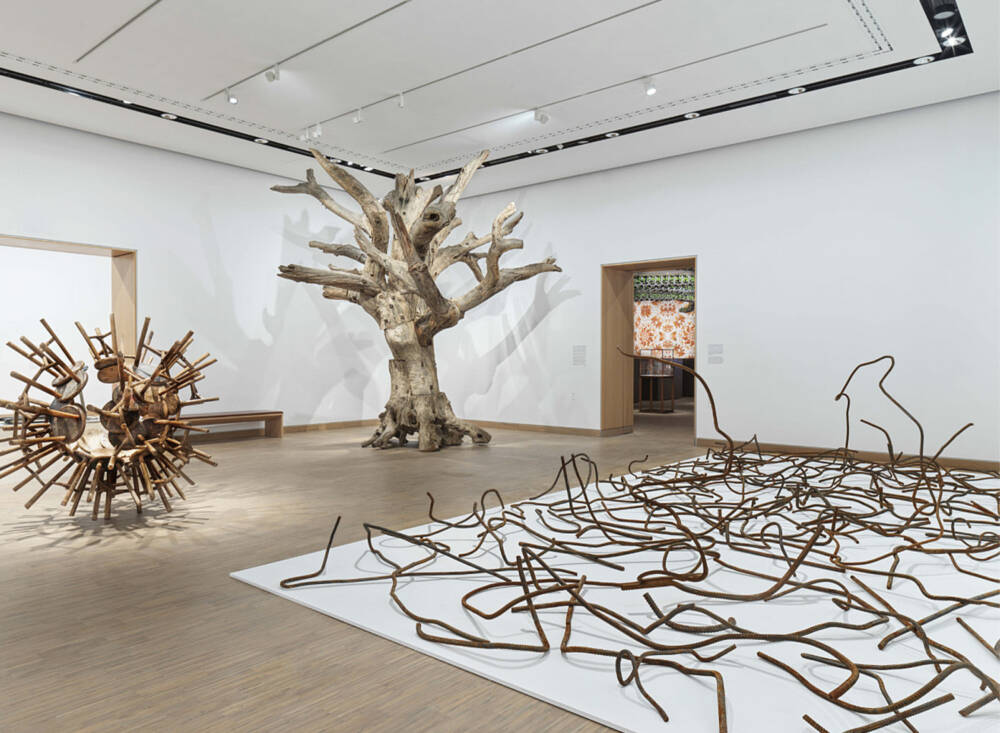
Throughout Ai Weiwei’s career, the artist campaigned for human rights with works dealing with oppression, Chinese identity and social history. Whether it’s a point of no return with his mass investigation of the Chinese earthquake in 2008 or the worldwide plight of refugees and forced migrants (for Law of the Journey and his feature-length documentary, Human Flow, both 2017), Ai shares a passionate belief in the rights and the dignity of each individual life.
Here, we take a quick look at some key works throughout Ai’s career.
Study of Perspective, 1995-2017
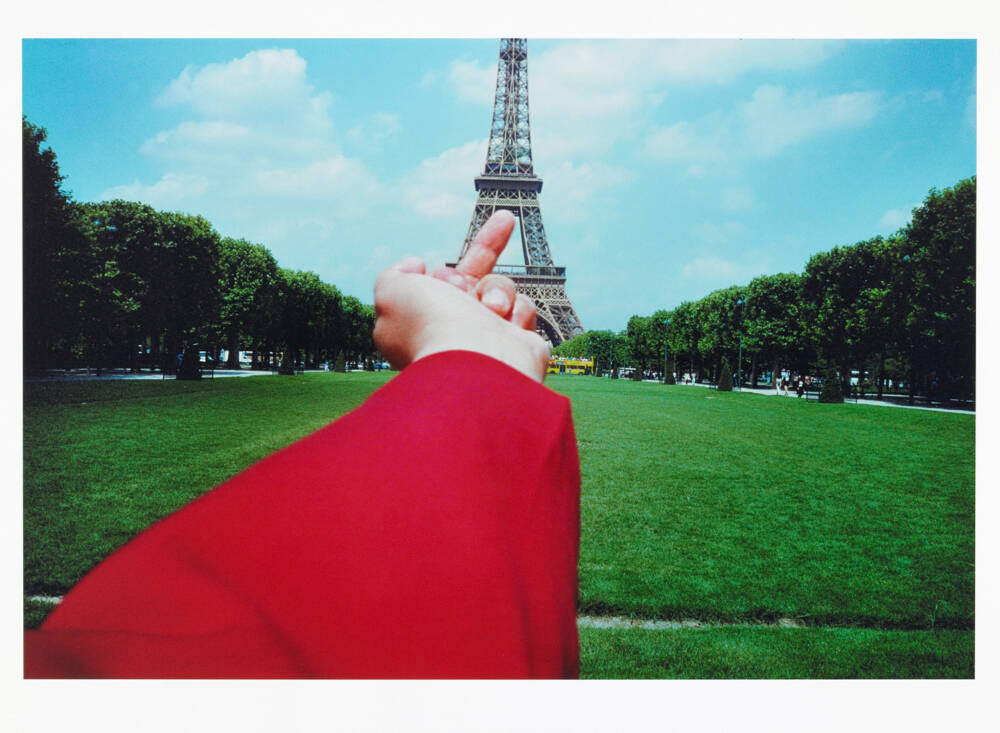
In his “Study of Perspective” series, Ai Weiwei points his middle finger at iconic landmarks, such as the White House, the Mona Lisa, and the Reichstag in Berlin. Ai conceived this series as an ongoing project to share his views on power through quick snapshots, which often mimic tourist photographs. He constructed his first image in the series in 1995 at Tiananmen Square, the site of a 1989 massacre of student protestors in his native China. His most recent, from 2017, shows his middle finger in the foreground of Trump Tower in New York City. Through these photographs, Ai’s left hand has become an iconic symbol of cultural commentary. In 2017, the artist even created 1,000 silver casts of his middle finger, inviting collectors to stage their own critiques of his defiant motif.
Dropping a Han Dynasty Urn, 1995
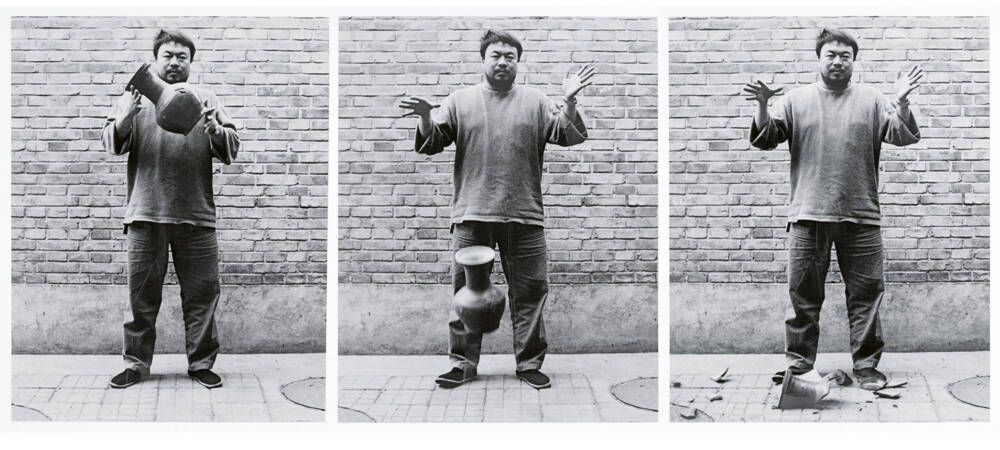
In 1995, Ai smashed an antique urn. He had become fascinated with China’s traditional heritage that Mao had tried to wipe out during the Cultural Revolution (1966-76). He would visit antique markets, gathering items that he’d learned from Duchamp could be presented as artworks in themselves, or “readymades” – among them, 2000-year-old urns from the Han Dynasty. Urns are frequent motifs throughout Ai’s practice, which often comment on mass consumption, individuality, censorship, and interconnections among contemporary cultures.
Straight, 2008–2012, The Sichuan earthquake & 90 tons of steel
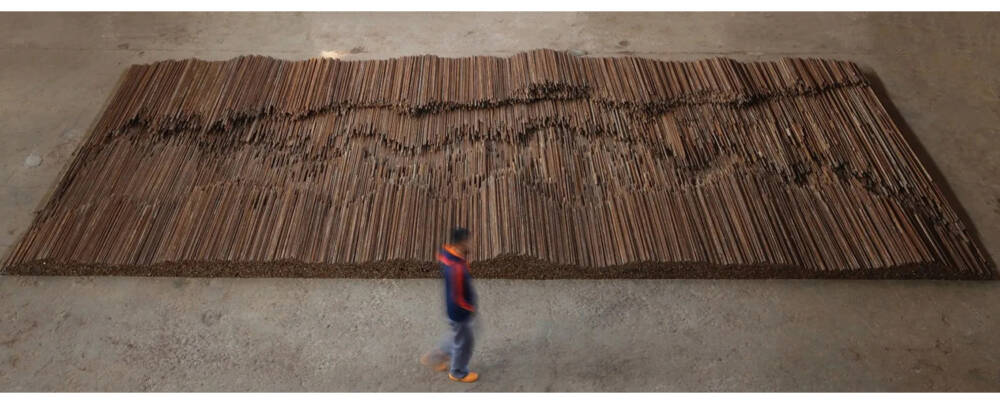
90 tons of steel reinforcing bars that were destroyed and mangled in the 2008 Sichuan earthquake were essential components of the installation. The 150 rods of steel rebar used were meticulously straightened by hand after being recovered from the schools that had collapsed as a result of the earthquake. Straight was created by Ai to commemorate the tragic event that ended the lives of more than 5,000 school children. The artwork sheds light on the height of corruption and the mismanagement of China’s resources. Because of the discussions elicited by the piece, Ai underwent persecution. He was even detained for several days in prison, which speaks to the power of installation and its effect on society.
Sunflower Seeds, 2010
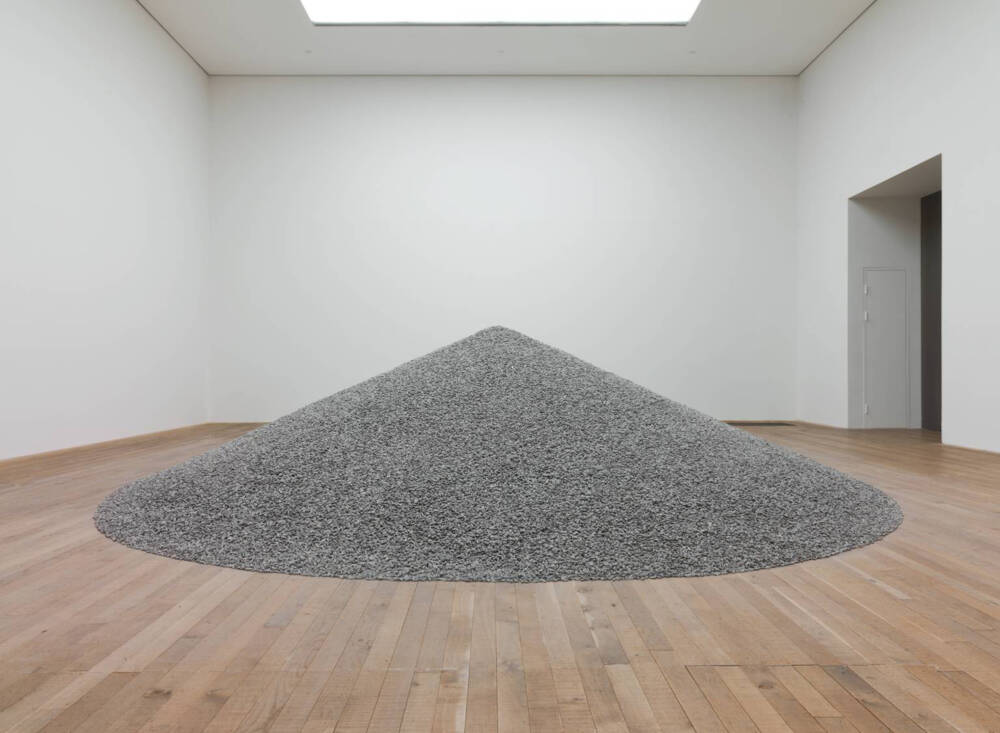
Ai Weiwei’s sunflower seeds – 100 million of them – were poured into the Turbine Hall at Tate Modern. Each one was unique: hand-crafted from porcelain in Jingdezhen – the Chinese town that once produced imperial porcelain for over a thousand years. It took 1,600 artisans over two years to make the seeds, which were created out of the kaolin from local mountains, hand-painted and fired at 1,300 degrees.
An individual seed is instantly lost among the millions, symbolizing the conformity and censorship of the Chinese Communist Party. The combination of all the seeds represents that together, the people of China can stand up and overthrow the Chinese Communist Party. While the seeds were on display in London, Ai was arrested and detained without explanation by the Chinese authorities for 81 days.
S.A.C.R.E.D., 2011- 2013
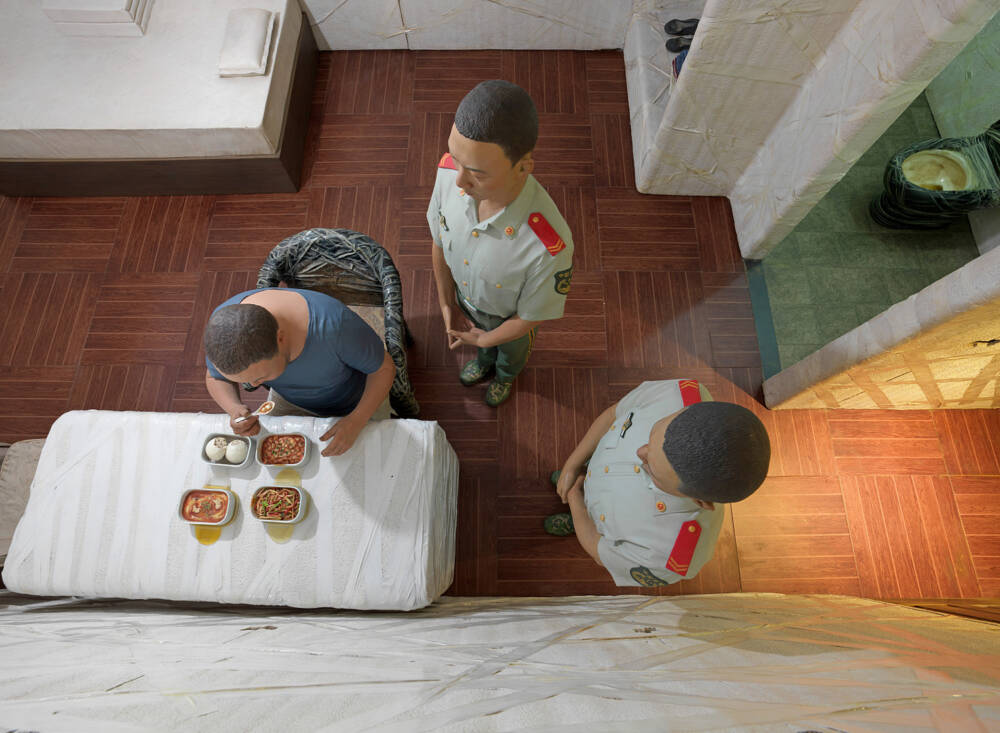
Ai’s work S.A.C.R.E.D. reflects upon his time in detention. It takes the form of six iron cuboids, which will stand at shoulder height. Through apertures in the metal façade of each cuboid, visitors will be able to peer inside and view miniature dioramas of Ai’s imprisonment, the artist and his guards replicated in fiberglass.
Human Flow, 2018
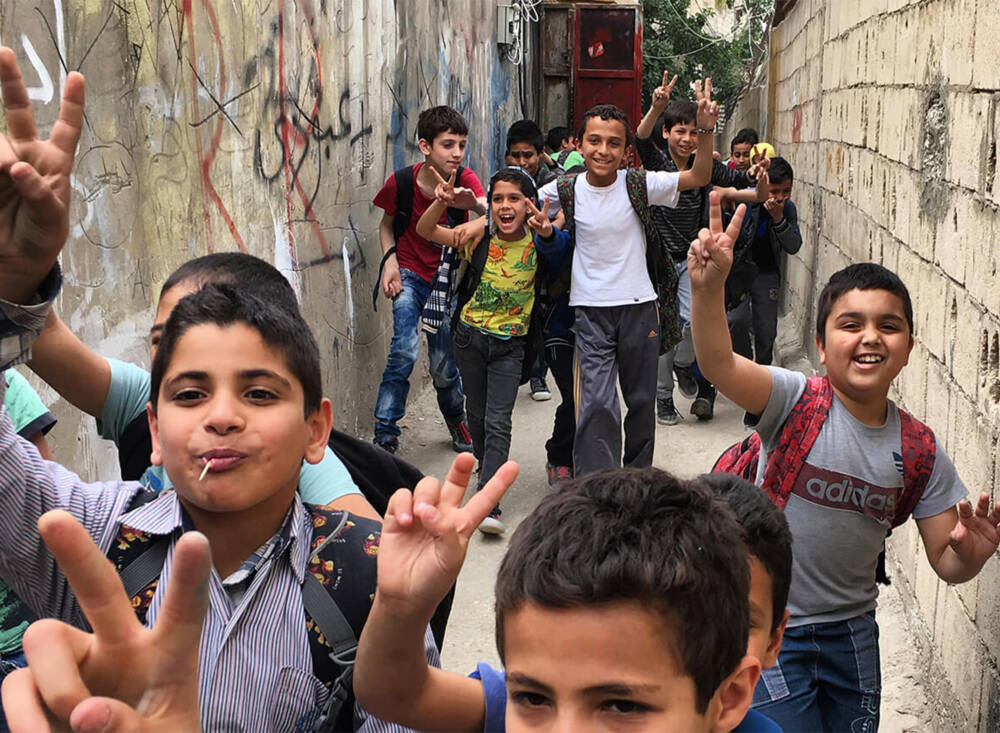
Over 65 million people around the world have been forced from their homes to escape famine, climate change and war in the greatest human displacement since World War II. This film gives a powerful visual expression to this massive human migration, elucidating both the staggering scale of the refugee crisis and its profoundly personal human impact. Captured over the course of an eventful year in 23 countries, the documentary follows a chain of urgent human stories that stretch across the globe.
Will our global society emerge from fear, isolation, and self-interest and choose a path of openness, freedom, and respect for humanity?